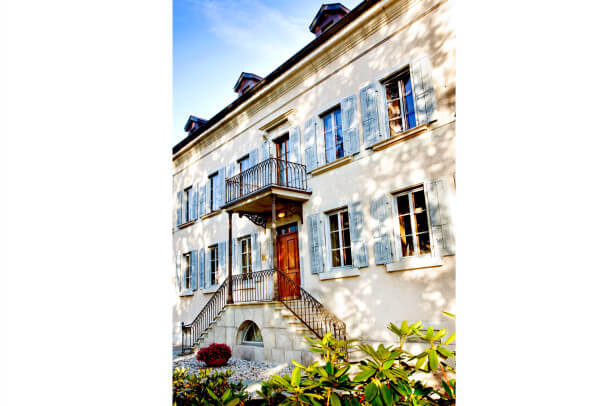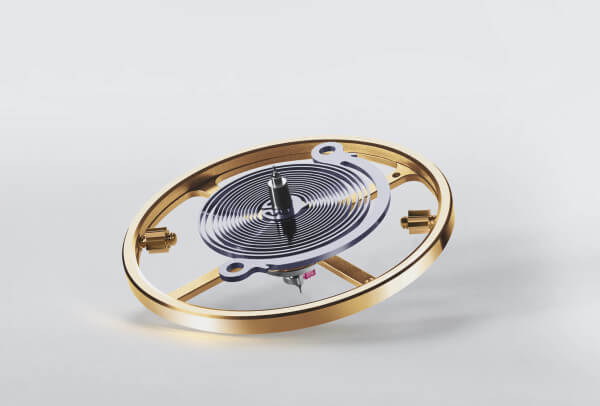Nivarox-Far is a familiar name in watchmaking circles. This Swiss firm, part of Swatch Group, is the country’s main supplier of assortments and more specifically balance springs. No less familiar is Rolex, which rather than relying on outside sources has manufactured its own ferromagnetic balance springs since the 1990s and, in 2000, launched production of the innovative Parachrom balance spring. Blued in reference to early balance springs, it took five years to develop. The niobium-zirconium-oxygen alloy is ten times more shock-resistant than previous alloys and unaffected by magnetic fields. Also in 2000, Vaucher Manufacture Fleurier took over Atokalpa and Elwin, two specialists in precision micromechanics. Three years later, it took delivery of the first cast of an alloy whose composition remains a closely guarded secret. Thin wires drawn from this alloy are rolled then wound into the spiral shape of the balance spring. Industrial production launched in 2005.

This same “independent streak” distinguishes MELB Group, which includes Precision Engineering and its subsidiaries MSG AG Manufacturing and H. Moser & Cie, part of the same holding company since 2008. It also produces its own assortments and balance springs using Reinhard Straumann’s classic formula and milling technology. It is one of the rare firms to master the entire manufacturing process and supplies its clients with top-quality springs, either off-the-peg or custom-made, in NiSpan-C or PE 3000. The latter option – better known as Nivarox CT, Dr Straumann’s alloy of nickel, beryllium chromium, titanium, manganese, silicon and iron – meets the high expectations of the cream of independent watchmakers. Its anti-magnetic, thermo-compensating properties are ideally suited to the production of balance springs for movements which will then be submitted for chronometer rating.

What the future holds
The real revolution, however, came in 2002 when Ulysse Nardin unveiled the first balance springs in DIAMonSIL (DLC-coated silicon). The work of Ludwig Oechslin, the inspired former curator of the Musée International d’Horlogerie in La-Chaux-de-Fonds, they confirmed the visionary nature of a company with a long history of groundbreaking ideas. Not to be outdone, Patek Philippe, Breguet and Rolex joined forces in 2006 to develop a silicon escapement assembly that included a silicon balance spring. A long list of firms now equip their movements with this futuristic material, including Breguet, Frédérique Constant, Ulysse Nardin, Patek Philippe for certain models, Tudor for its in-house calibres, Omega and lately Rolex with its Syloxi balance spring.

Silicon, it seems, can do no wrong. Durable, hard-wearing, thermally stable and anti-magnetic, it ticks all the boxes. Even so, traditional watchmakers have plenty to reproach this material, not least the fact that silicon is brittle as well as quick to age (five to ten years when there is no surface treatment and depending on the humidity content of the air inside the case), and cannot be repaired. Independent watch repairers who are confronted with a silicon balance spring are well-advised to have a full replacement assortment on hand. Traditional cleaning fluids should not be used. There is also a high risk of breakage when removing the balance cock, as a silicon balance spring is unable to bear the weight of its balance. To conclude, while the silicon balance spring appears to be the answer to industrialists’ prayers, with consistent quality, better pairing to balance wheels, and low-cost, high-volume production from wafers, it has yet to convince the purists who continue to prefer metal balance springs. Who’s right, who’s wrong? Time will tell…
















